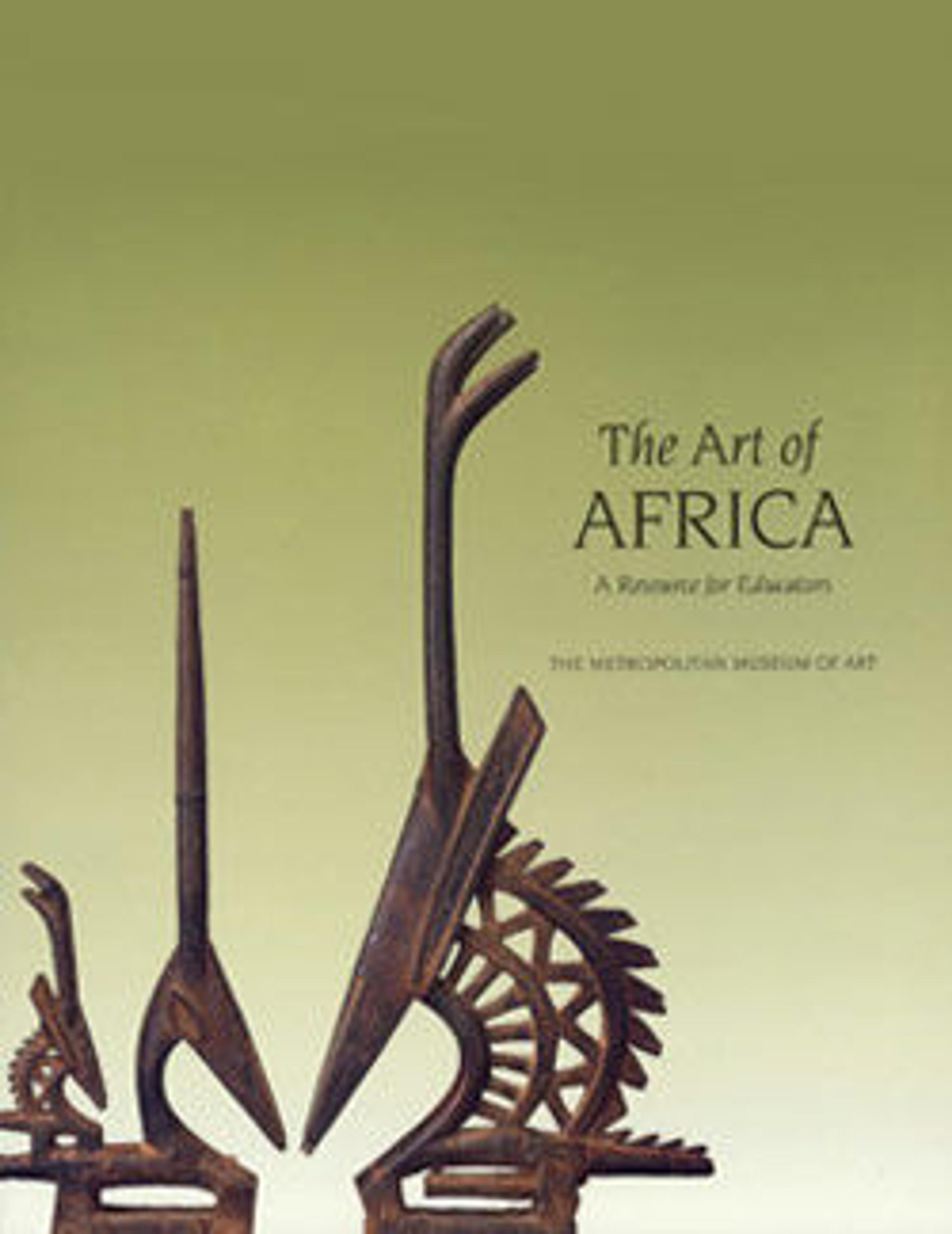N-kisyan-khanda (initiation headdress)
The dancing of masks wreathed in raffia celebrated the end of nkanda, a months-long initiation course marking a boy’s transition to manhood. This new life stage presented several unknowns, including sexual contact with women and the possibility of infertility. In consultation with a sculptor, each boy created a headdress as a protective charm to shield him through this transitory period. The imagery emphasized the differences between men and women. The animal-human hybrid that crowns this mask may have alluded to mythical narratives of male leaders who could transform themselves into animals at night. Initiates typically served as supporting characters to the performance of a n’langala, a senior nkanda member. He wore a kholuka mask depicting overtly sexual scenes of copulation and masturbation.
Artwork Details
- Title: N-kisyan-khanda (initiation headdress)
- Artist: Yaka artist and nkanda initiate
- Date: 19th–20th century
- Geography: Democratic Republic of the Congo
- Culture: Yaka peoples
- Medium: Wood, cane, raffia, pigment
- Dimensions: H. 17 in. × W. 23 1/8 in. × D. 19 3/4 in. (43.2 × 58.7 × 50.2 cm)
- Classification: Wood-Sculpture
- Credit Line: The Michael C. Rockefeller Memorial Collection, Bequest of Nelson A. Rockefeller, 1979
- Object Number: 1979.206.235
- Curatorial Department: The Michael C. Rockefeller Wing
More Artwork
Research Resources
The Met provides unparalleled resources for research and welcomes an international community of students and scholars. The Met's Open Access API is where creators and researchers can connect to the The Met collection. Open Access data and public domain images are available for unrestricted commercial and noncommercial use without permission or fee.
To request images under copyright and other restrictions, please use this Image Request form.
Feedback
We continue to research and examine historical and cultural context for objects in The Met collection. If you have comments or questions about this object record, please contact us using the form below. The Museum looks forward to receiving your comments.
